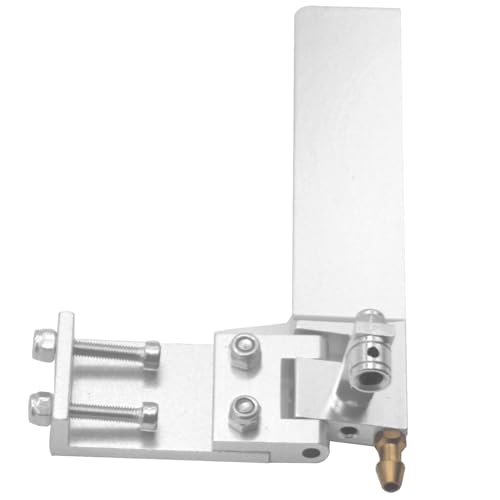Dear Boaters.
I see some amazing speeds on the electrics. How long can they run full speed. Can they last as long as a nitro race.
Nitro racing including mill time to finish ?
Why is the electric course a different size than nitro racing ?
R.
I see some amazing speeds on the electrics. How long can they run full speed. Can they last as long as a nitro race.
Nitro racing including mill time to finish ?
Why is the electric course a different size than nitro racing ?
R.



































